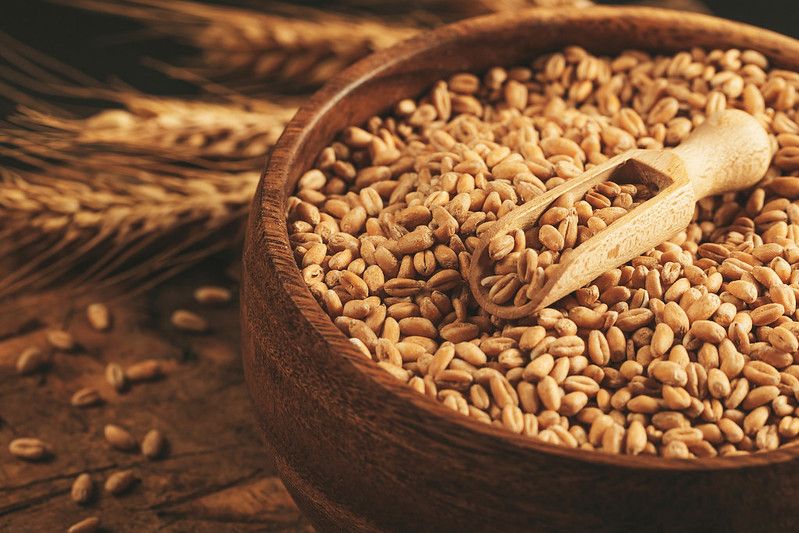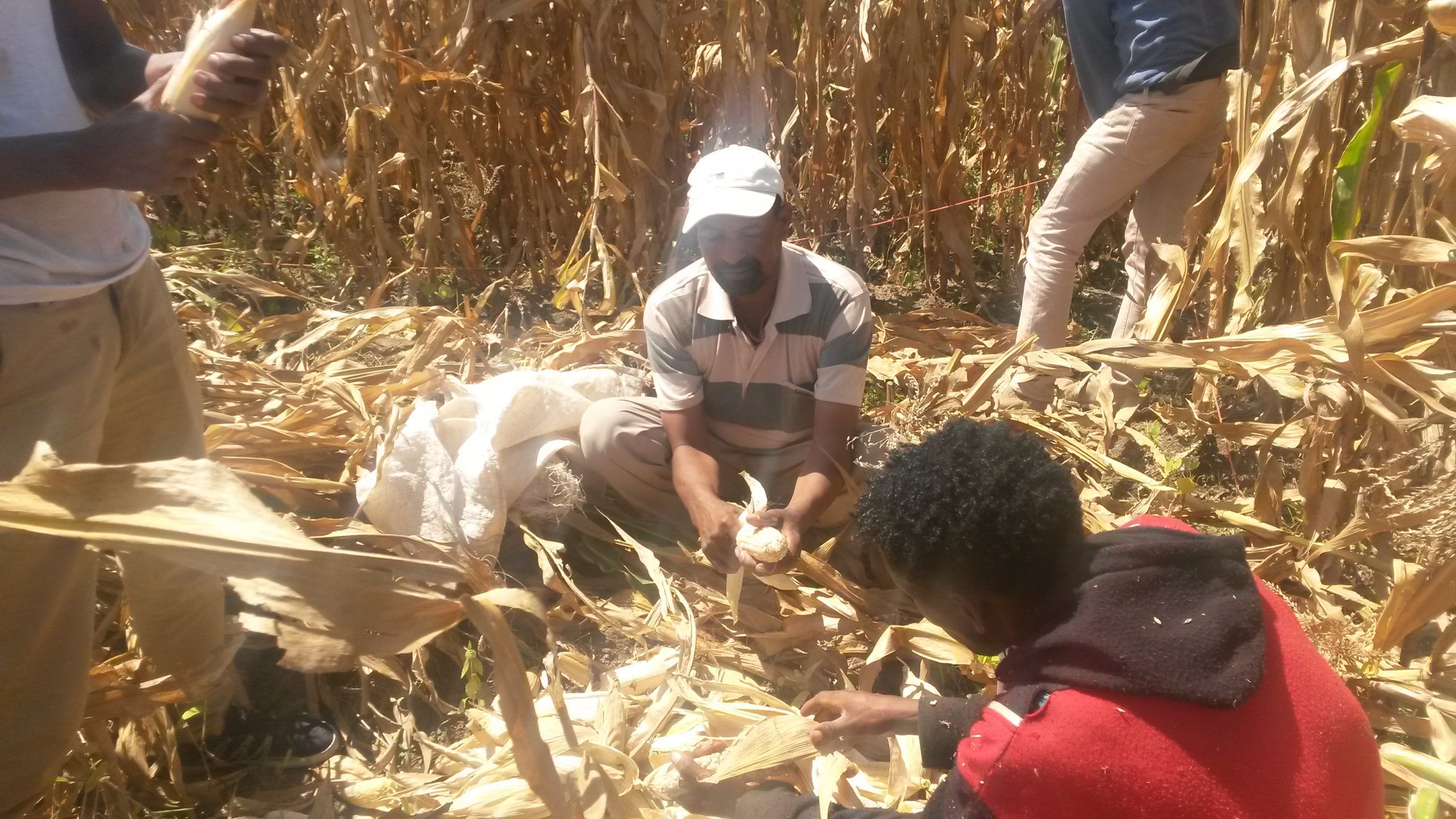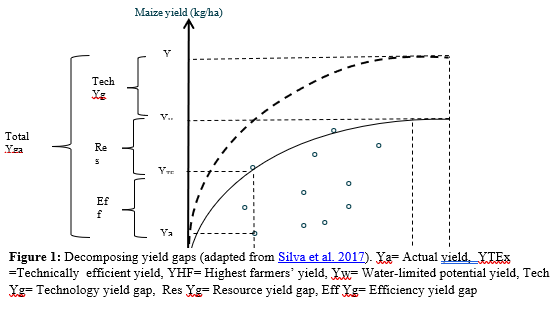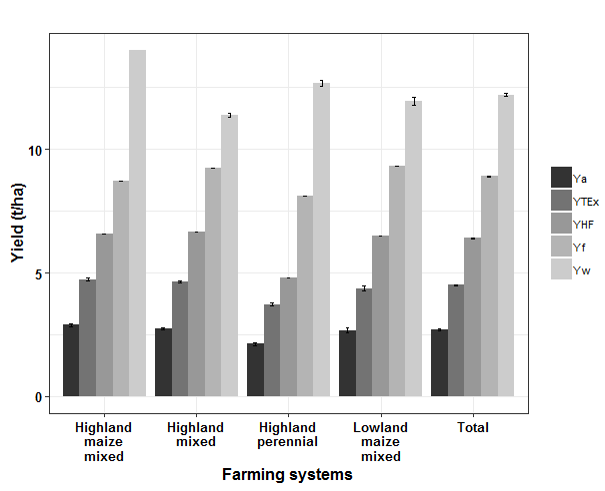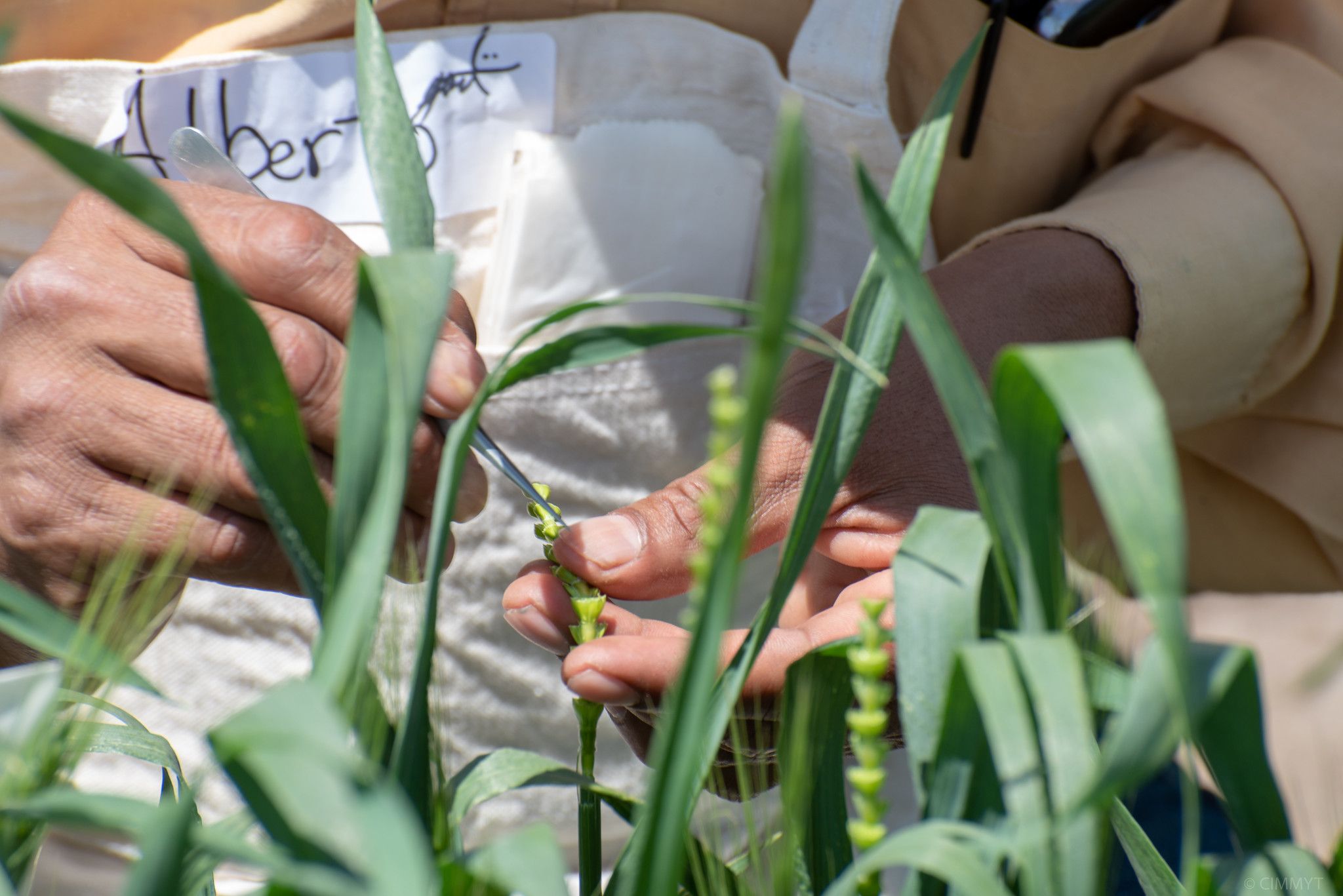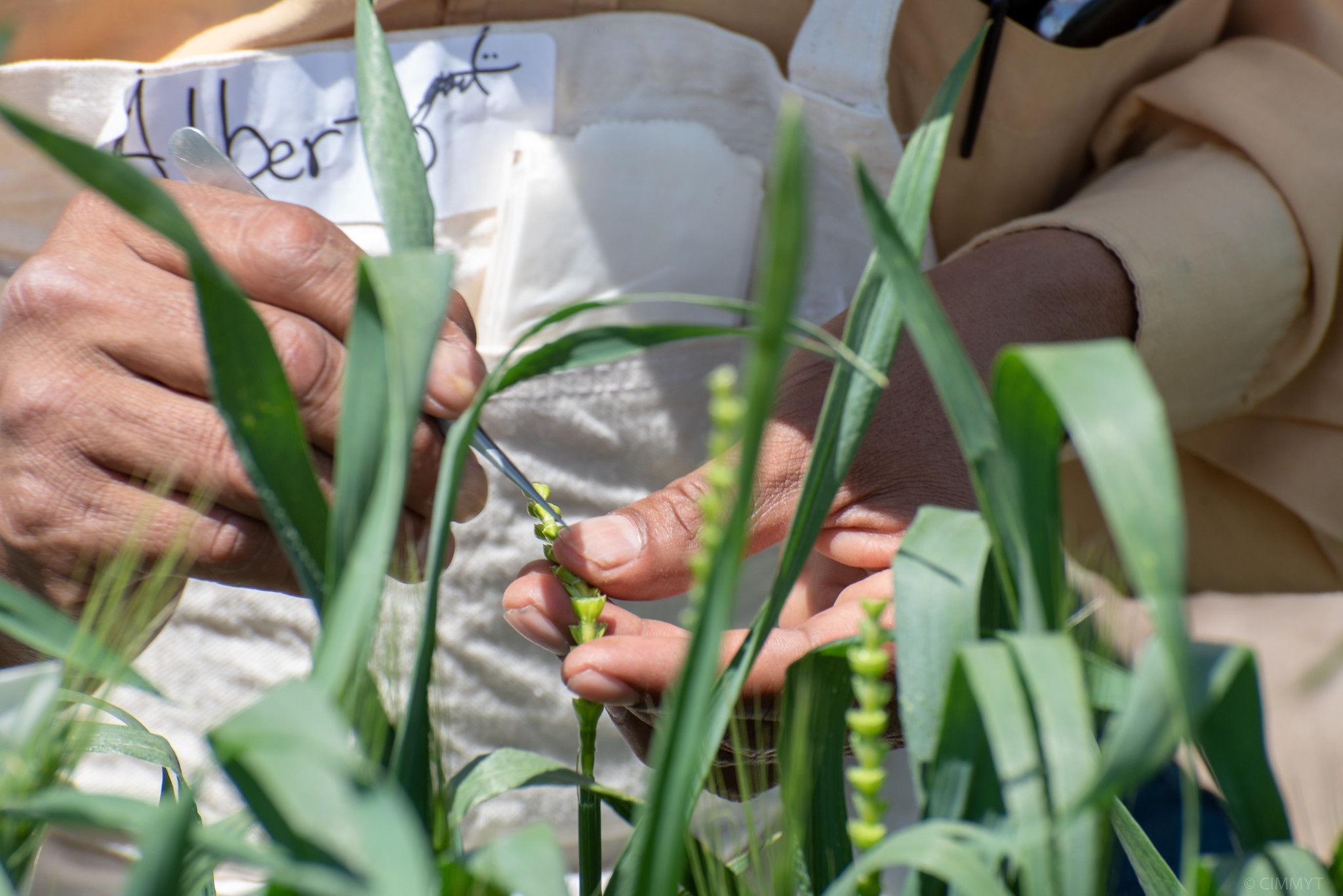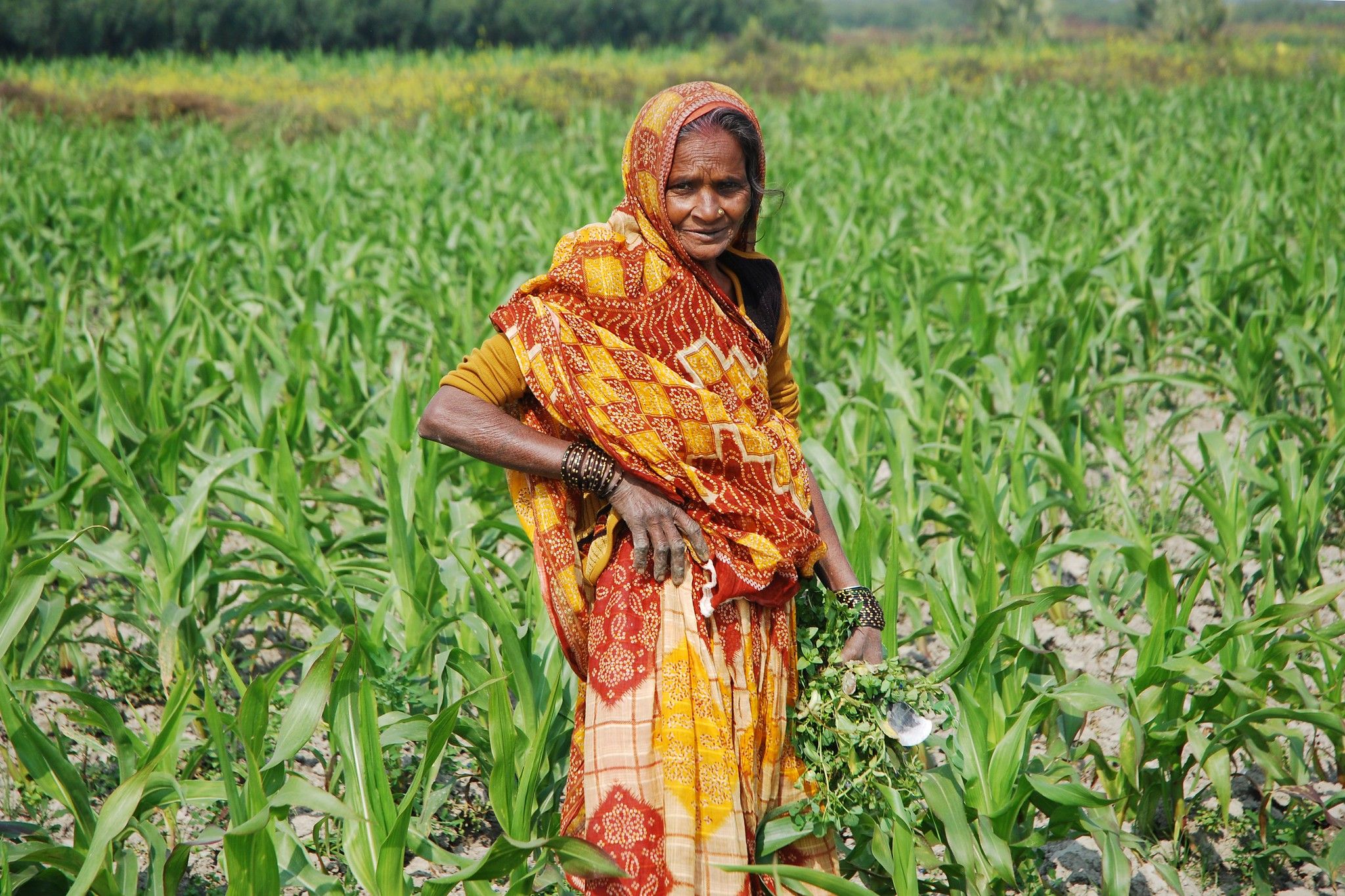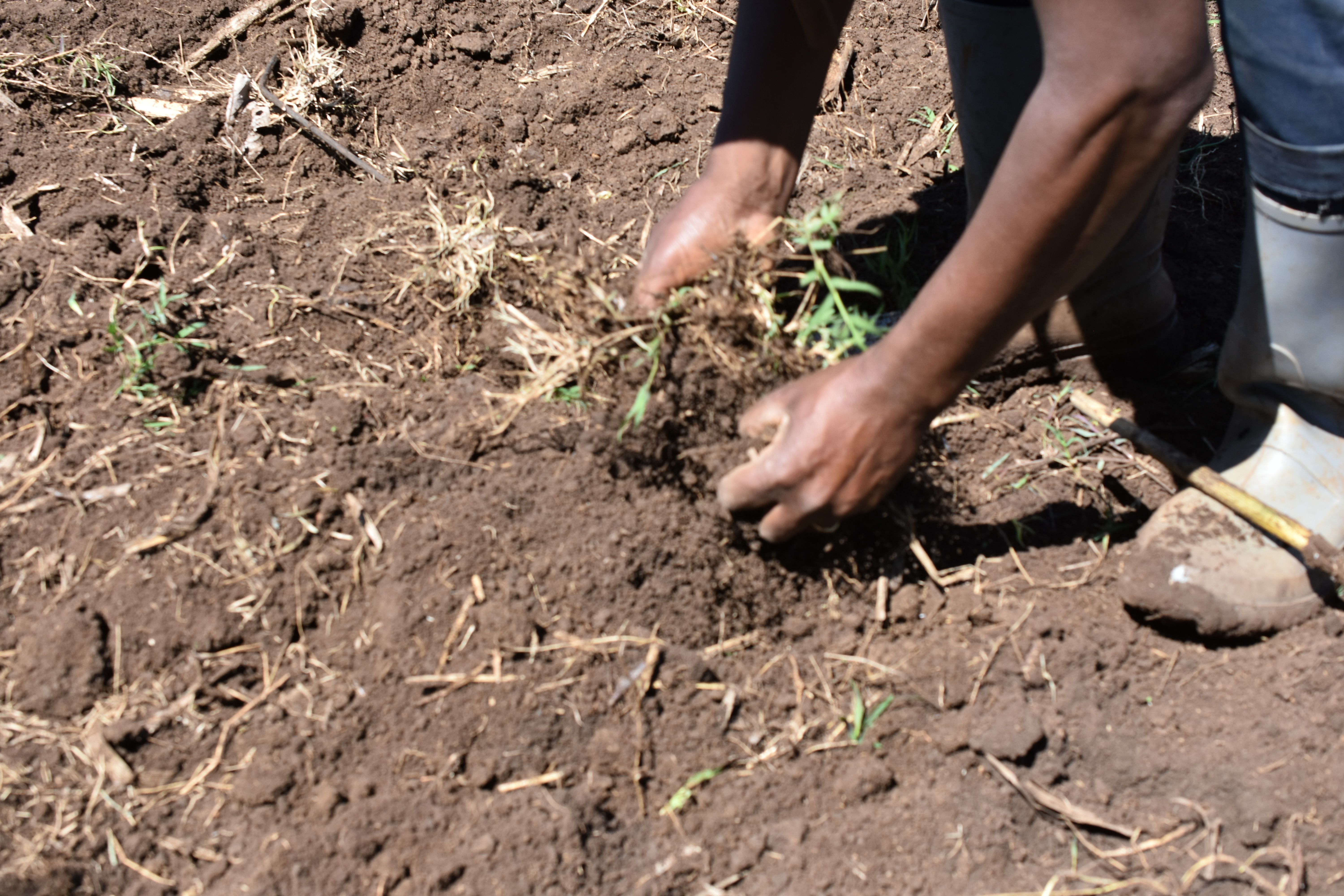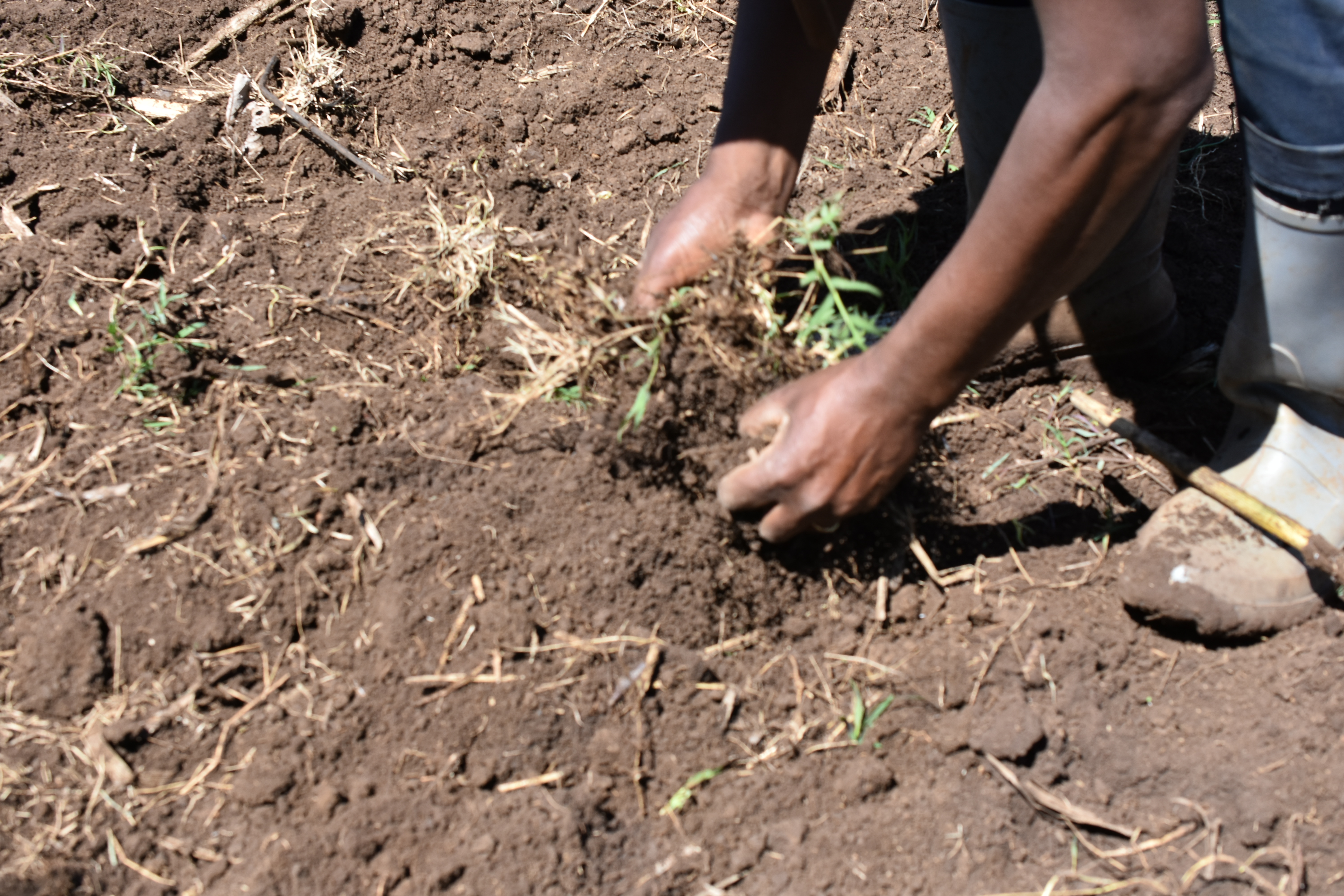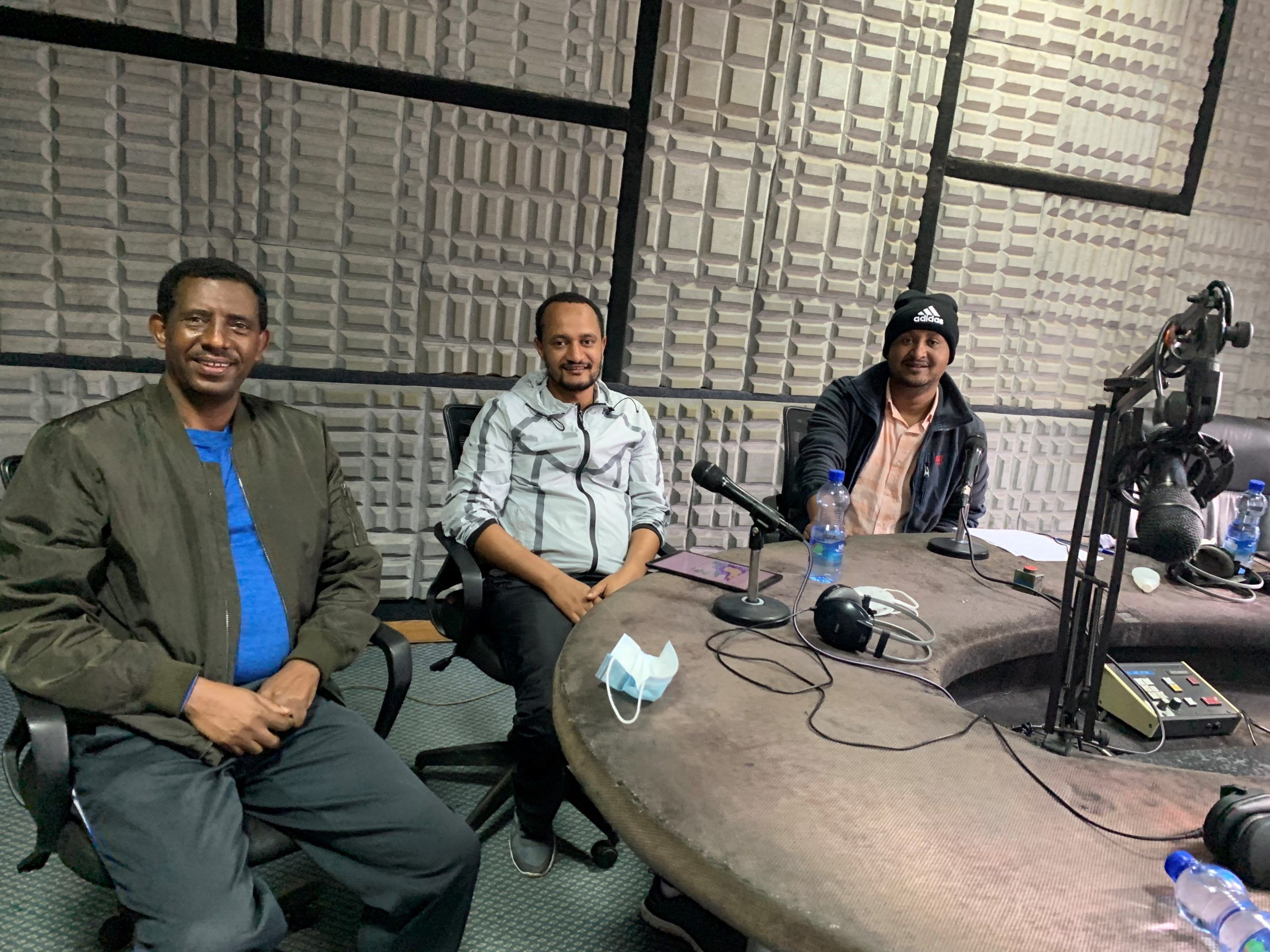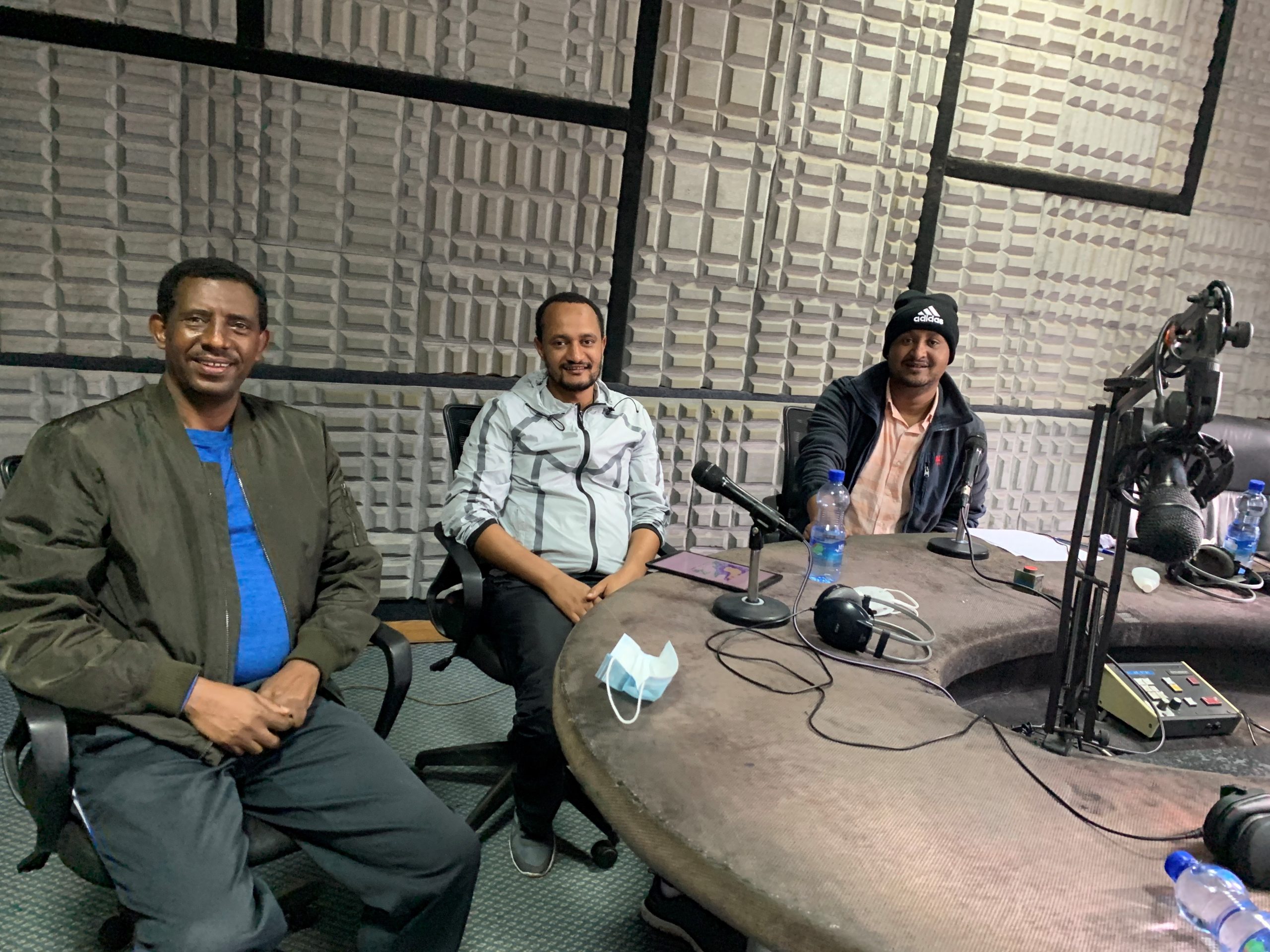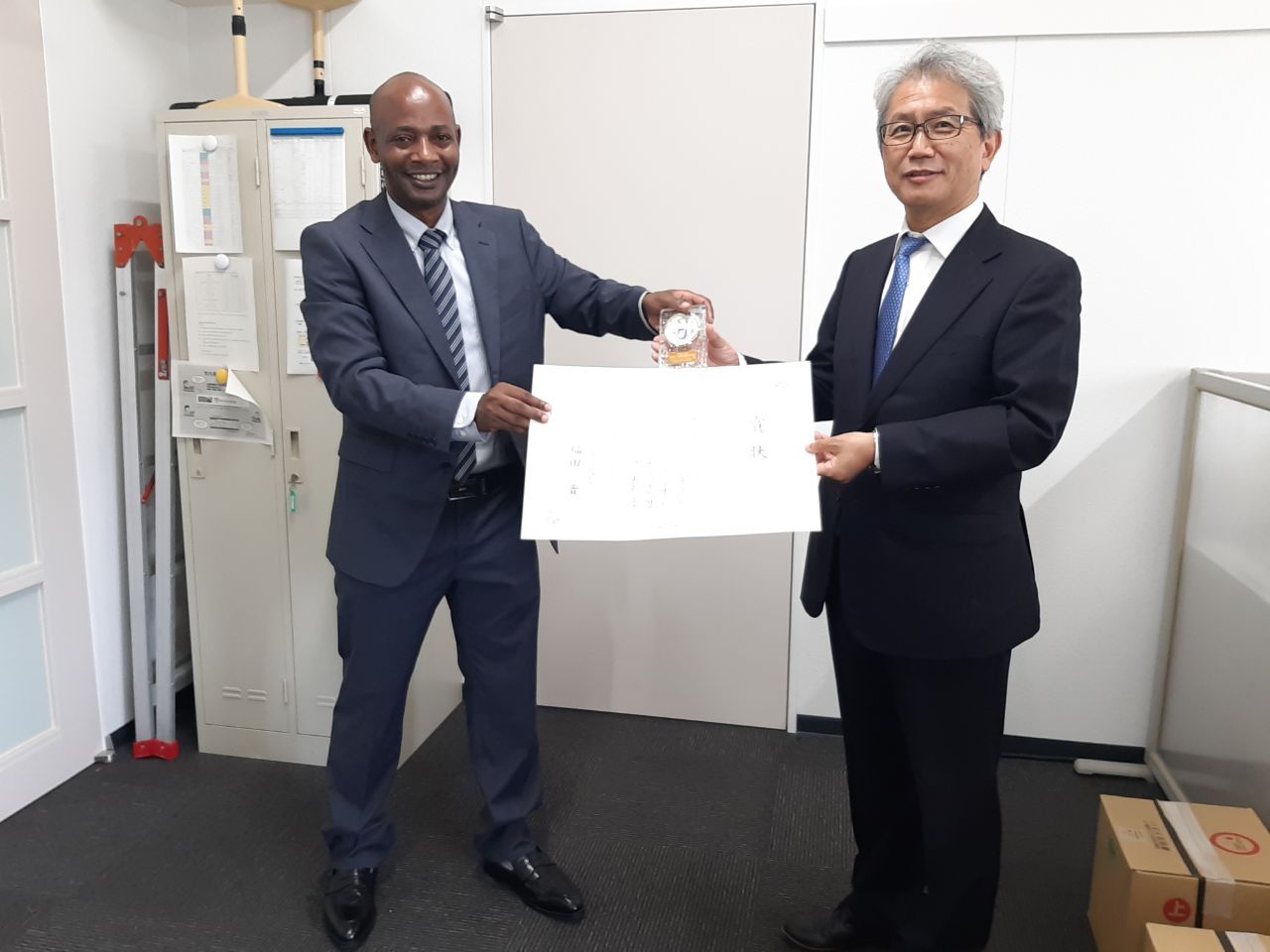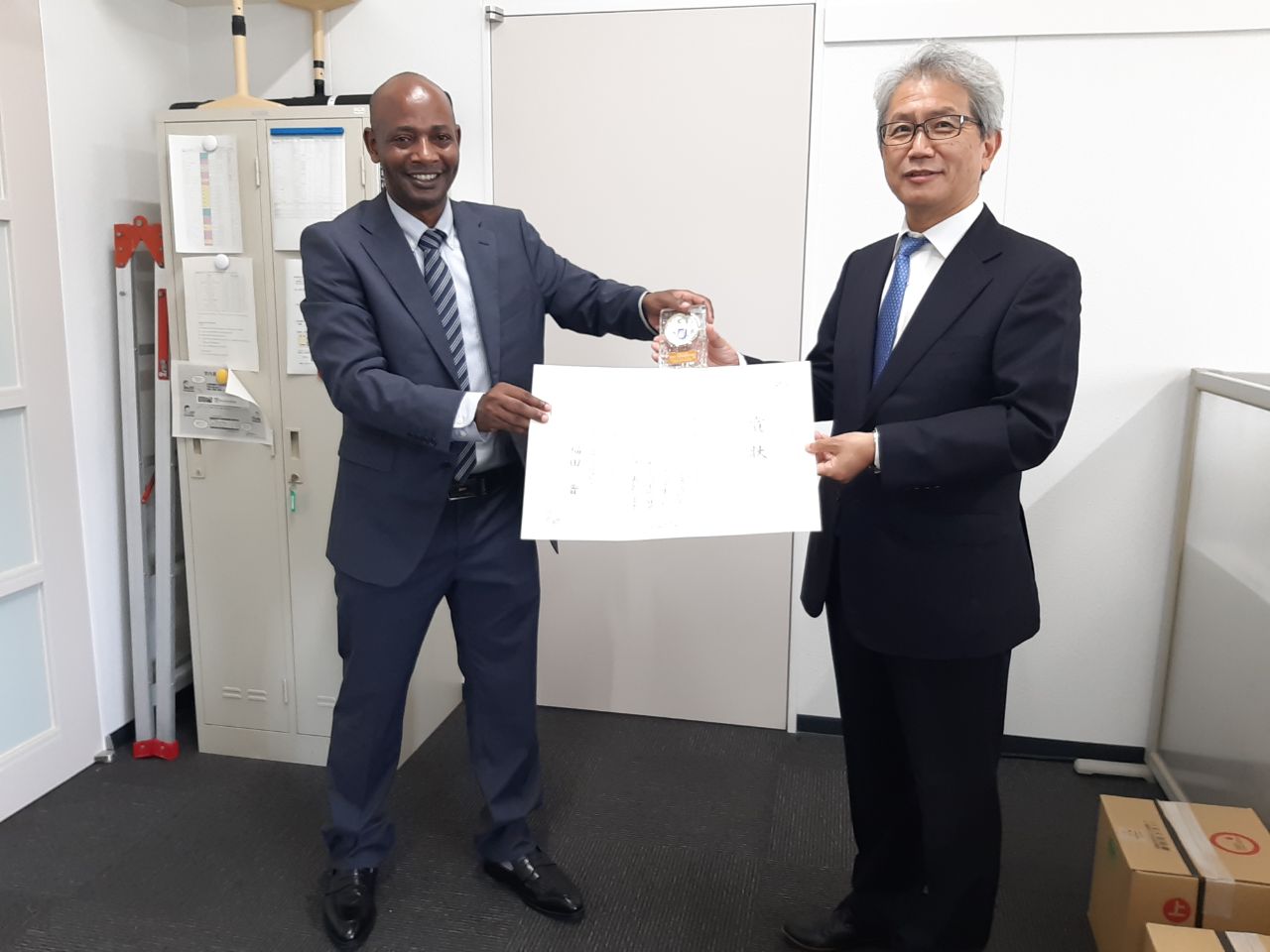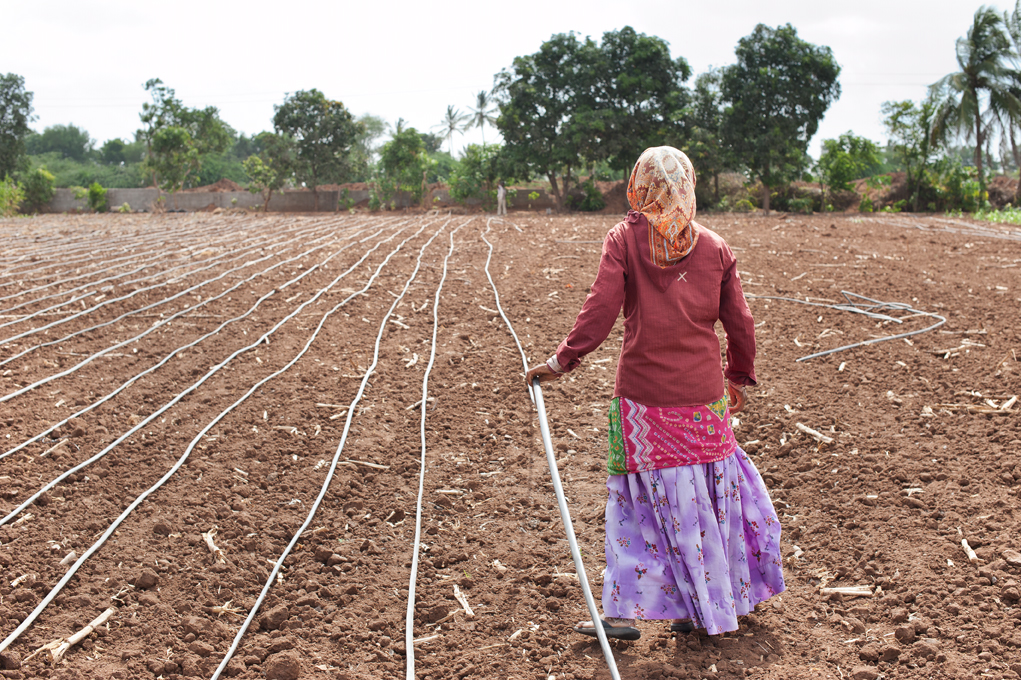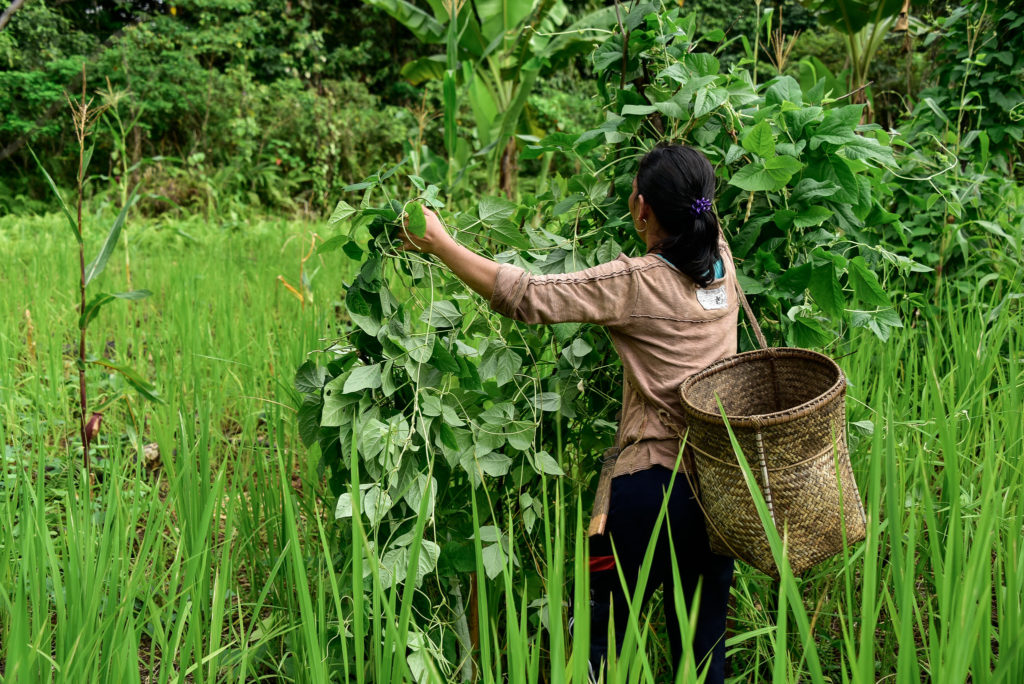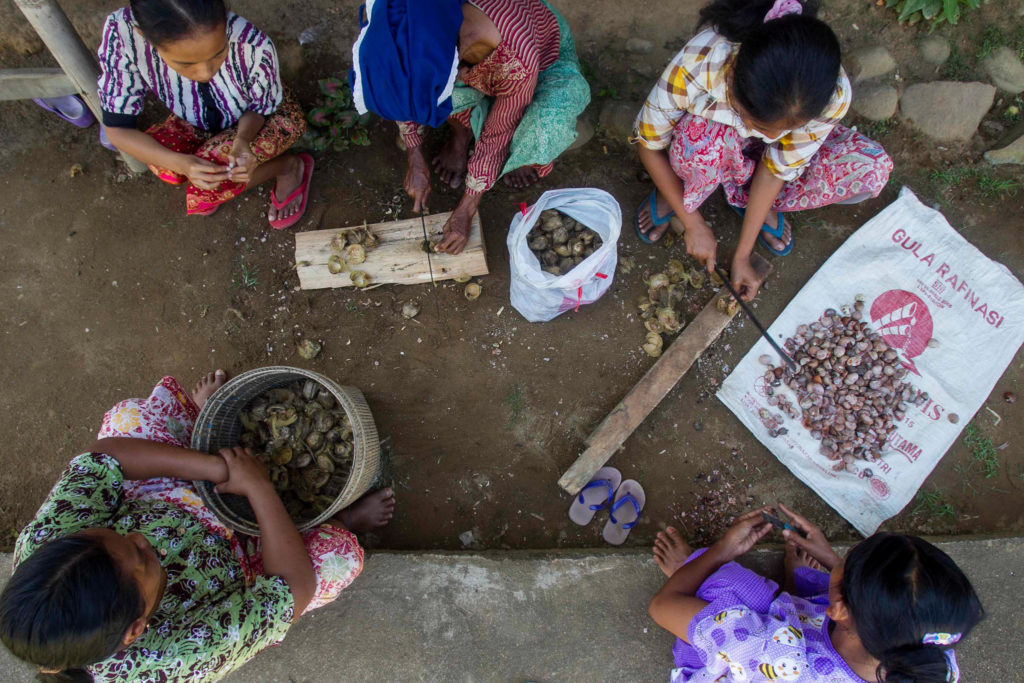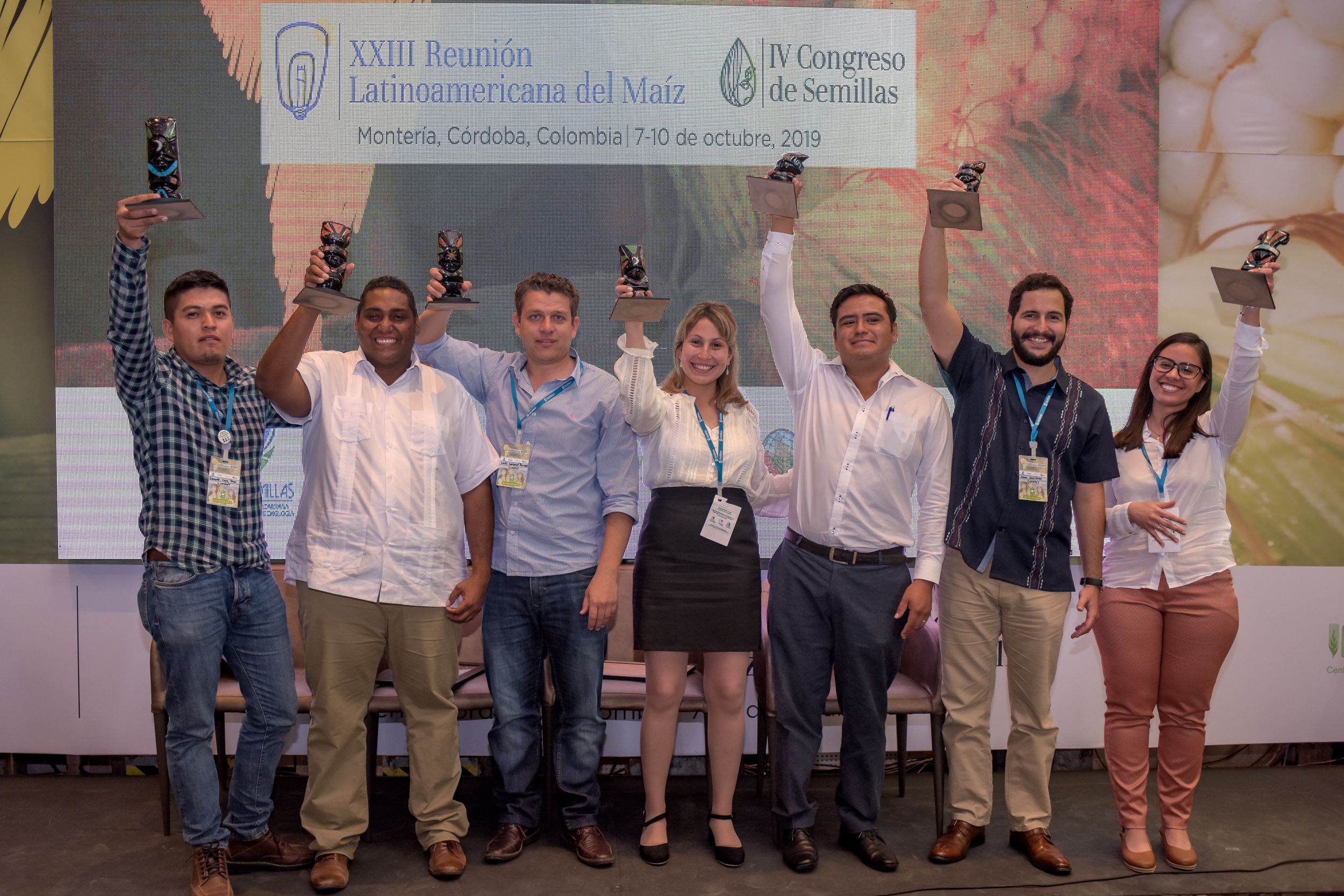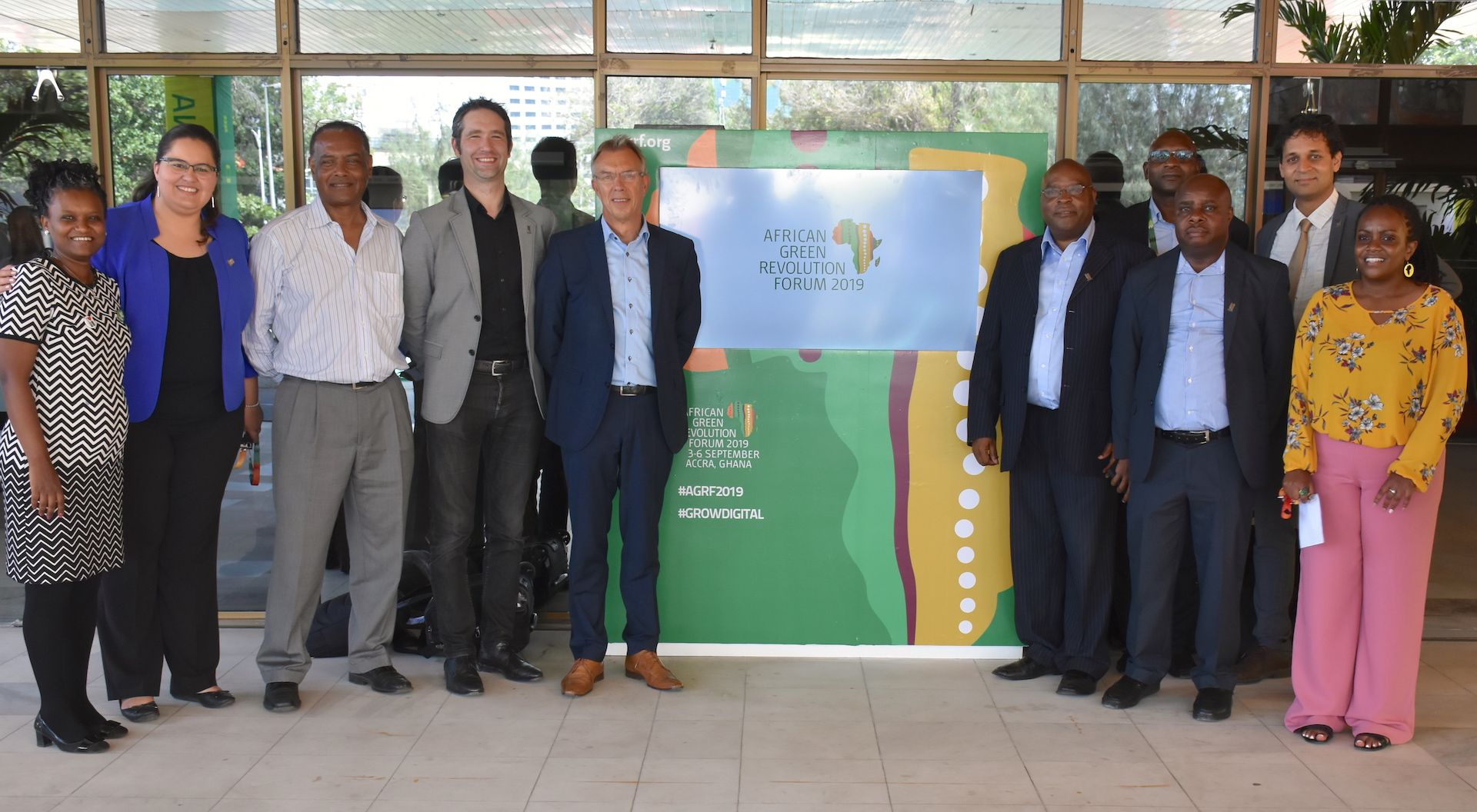Shifting to quality protein maize diet can provide cost-benefit for the poultry feed industry in Nepal
The demand for maize for poultry feed in Nepal has increased dramatically over the years. It constitutes about 60% of the poultry feed and is considered as the principal energy source used in poultry diets. About 70% of the total crop required by the feed industry is imported and such dependence on import could jeopardize its sustainability if any political, natural or health related crisis disrupts the supply chain. In addition to maize, the industry also imports synthetic amino acid to meet the requirements of poultry production since the regular maize grain used by the feed industry is deficient in essential amino acids that helps form proteins.
A recent assessment conducted by the International Maize and Wheat Improvement Center (CIMMYT) in Nepal highlights the prospects of using Quality Protein Maize (QPM) to mitigate protein deficiency found in regular maize. The authors suggest that the poultry feed industry can minimize the average feed cost by 1.5% by substituting regular maize with QPM. This would translate to a daily cost-saving of about US$26,000 for the industry. If this cost saving is shared across the value chain actors including farmers for domestic production of QPM and other biofortified maize vis a vis regular maize, then the dependency on imported maize can be significantly reduced.
The article published in the journal of International Food and Agribusiness Marketing, estimated least cost diet formulations for broilers and layers of different age groups, and the potential gains to be garnered by the maize seed and grain value chain actors in Nepal.
According to the study, a ton of feed produced using QPM reduces feed cost by at least US$7.1 for the broilers and by US$4.71 for layers. As a result, Nepal’s poultry feed industry can pay a maximum of 4% price premium with the cost saving for QPM.
“Considering the cost reduction potential QPM brings over regular maize, it can be a win-win situation for the poultry feed sector and maize value chain actors if they are strongly linked and operated in an integrated fashion,” explain the authors.
“By building awareness on the cost benefits, the feed industry exhibited a positive perception during the study period to use QPM for feed. Linking the seed companies with the feed mills is essential to leverage the benefits of the product.”
To promote and expand QPM production in Nepal, the authors also recommend provision of seed and fertilizer subsidies by the Government of Nepal to feed producers and cooperatives ensuring a continuous supply of the product to meet the demand.
The GoN has released two varieties of QPM maize but due to lack of effective seed production, extension and marketing programs, the potential of QPM maize remains unutilized. However, the authors firmly believe that appropriate policy focus on QPM seed production and grain marketing including premium price for QPM growers, can change the scenario where the demand for maize for feed industry can be gradually managed with domestic production.
Read the full study: Cost advantage of biofortified maize for the poultry feed industry and its implications for value chain actors in Nepal
Cover photo: Scientists have discovered that Quality Protein Maize (QPM) can mitigate the protein deficiency found in regular maize. (Credit: CIMMYT)

